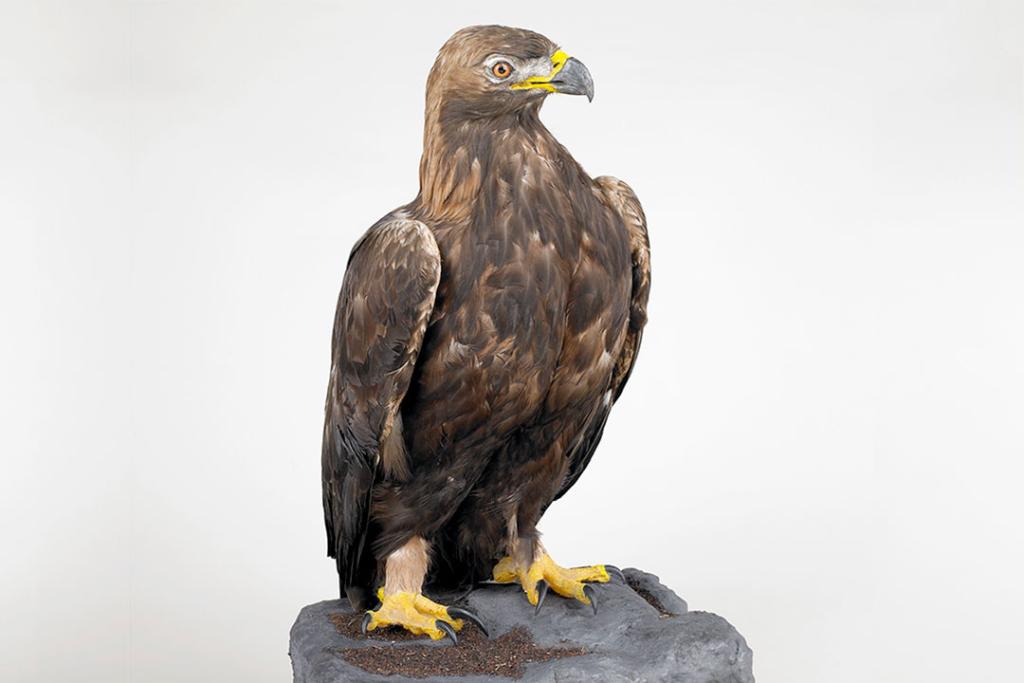
Bird collection
The bird collection includes study skins, mounted birds, and bird eggs. It is the second largest bird collection in England after that of the Natural History Museum, UK.
Part of the vertebrate zoology collection
Bird study skins
The bird study skin collection now numbers about 44,000 and include many examples of extinct and endangered species, such as a New Caledonian Owlet-Nightjar, Aegotheles savesi, which is only known from two specimens. The Spotted Green Pigeon, Caloenas maculata, (often known as “The Liverpool Pigeon”) is thought to be the only one of its species ever known. The collection is widely used by researchers and is regularly consulted by artists. A small representative sample is on display in the Clore Natural History Centre.
The original bird study skin collection of the 13th Earl of Derby was much enhanced by the purchase of Canon Henry Baker Tristram’s collection in 1896, and many specimens have been added since. Specimens have arrived at the collection through famous dealers (William Bullock, Benjamin Leadbeater, Samuel Stevens) and other museums (Leverian Museum, India Museum, Federated Malay States Museums). Notable collectors represented in the bird study skin collection include John Abbott, Hugh Cuming, William Ruxton Davison, Edward Gerrard, John Gilbert, John Gould, John Gurney, William Jardine, Thomas Jerdon, Edgar Leopold Layard, John MacGillivray, Andrew Smith, Robert Swinhoe, Alfred Russel Wallace, amongst others. See the record at the Electronic inventory of European bird collections.
World Museum houses the second largest bird collection in England after that of the Natural History Museum in London, and includes over 700 type specimens, including the holotype of the Southern Brown Kiwi.
Work by curators Henry Ogg Forbes and Herbert Christopher Robinson produced a number of catalogues and drawings of the early collections in the Bulletin of the Liverpool Museums (1897-1901).
Mounted birds
Among the 4,000 mounted birds are several Pheasant – Chicken crosses which the 13th Earl of Derby bred as an experiment in his Aviary at Knowsley Hall. Our mounted White Swamphen, Porphyrio albus, is not only an extinct species but only one other specimen is known. The mounted collection also includes several cases of high-quality taxidermy, including one which contains individuals of all known Falkland Island (Malvinas) birds.
Bird eggs
The bird egg collection numbers around 16,700 clutches, mainly from British birds. Our egg of the Great Auk, a north Atlantic bird which once bred on the British coast but has been extinct since 1844, is considered to be the most beautifully marked in existence. Bird eggs are doubly important as they represent breeding records, often of birds which no longer exist in Britain or which are now rare, and the locality data from our clutches is useful for conservationists.
Our collection of British Bird Eggs is available for exploring online at the NBN Atlas and GBIF.
